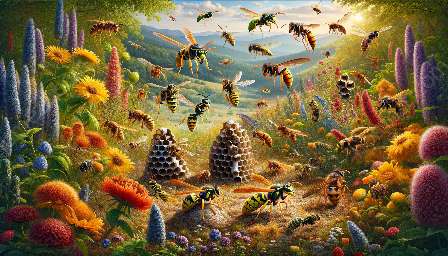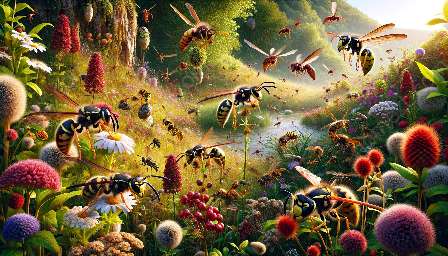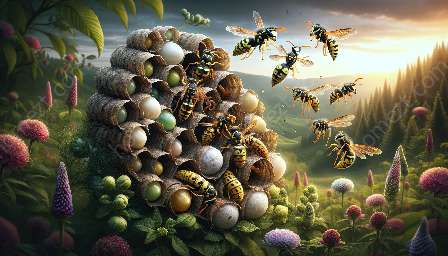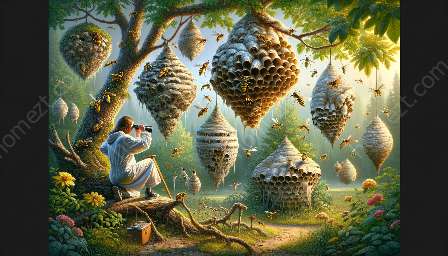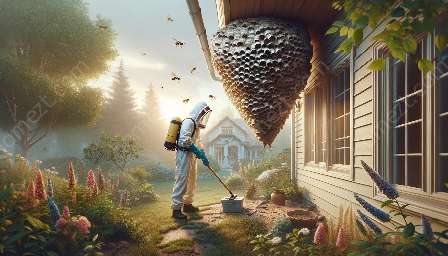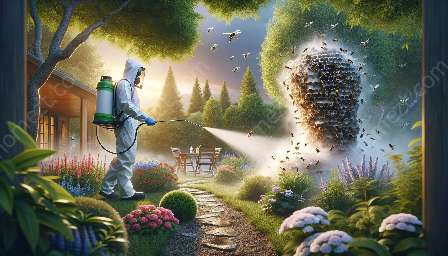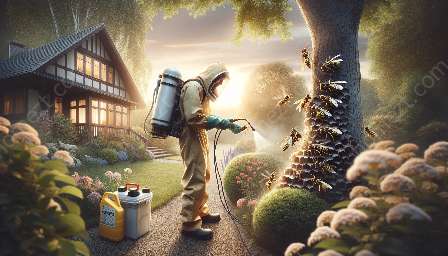If you're dealing with pesky wasps and looking for effective pest control methods, utilizing wasp traps and baits can be an eco-friendly and safe option. In this comprehensive guide, we'll explore the different types of wasp traps and baits, how they work, and how to use them effectively.
Understanding Wasps and Their Behavior
Before delving into wasp traps and baits, it's essential to understand the behavior and habits of these pests. Wasps are attracted to sweet, sugary substances, as well as protein-based foods, especially during the warmer months. They also tend to build nests in sheltered areas, such as under eaves, porches, and in trees.
Types of Wasp Traps
Wasp traps come in various designs, but the most common types include:
- 1. Container Traps: These traps use a container filled with a sweet liquid that attracts the wasps. Once the wasps enter the trap to feed, they're unable to find their way out.
- 2. Baited Traps: These traps utilize attractants such as sugary substances or protein-based foods to lure the wasps into the trap. Once inside, the wasps are unable to escape.
- 3. UV Light Traps: These traps use UV light to attract flying insects, including wasps. Once the wasps are drawn to the light, they are trapped in the device.
Effective Baits for Wasp Traps
Choosing the right bait for your wasp trap is crucial for successful pest control. Some effective baits include:
- Fruit Juices: Sweet fruit juices, such as apple or grape juice, can attract wasps to the trap.
- Sugar Syrups: A mixture of sugar and water can be an effective bait for attracting wasps.
- Protein-Based Foods: Meats or fish can be used to attract certain species of wasps that are drawn to protein.
Tips for Using Wasp Traps and Baits
When setting up wasp traps, consider the following tips for optimal effectiveness:
- Strategic Placement: Position the traps near areas where wasps are frequently seen, such as near outdoor dining areas or trash bins.
- Regular Maintenance: Empty and clean the traps regularly to ensure they remain effective.
- Use Multiple Traps: Deploying several traps around your property can help cover a wider area and increase the chances of capturing wasps.
Benefits of Using Wasp Traps and Baits
Utilizing wasp traps and baits for pest control offers several benefits, including:
- Safe and Eco-Friendly: Using traps and baits reduces the need for chemical insecticides, making it a safer option for controlling wasp populations.
- Reduced Infestations: By capturing and eliminating wasps, you can minimize the risk of stings and the annoyance caused by these pests.
- Cost-Effective: Wasp traps and baits provide a cost-effective solution for managing wasp populations without the need for professional extermination services.
Overall, incorporating wasp traps and baits into your pest control strategy can help effectively manage wasp populations while minimizing environmental impact. With the right traps and baits, you can enjoy a wasp-free outdoor environment without posing harm to beneficial pollinators.

